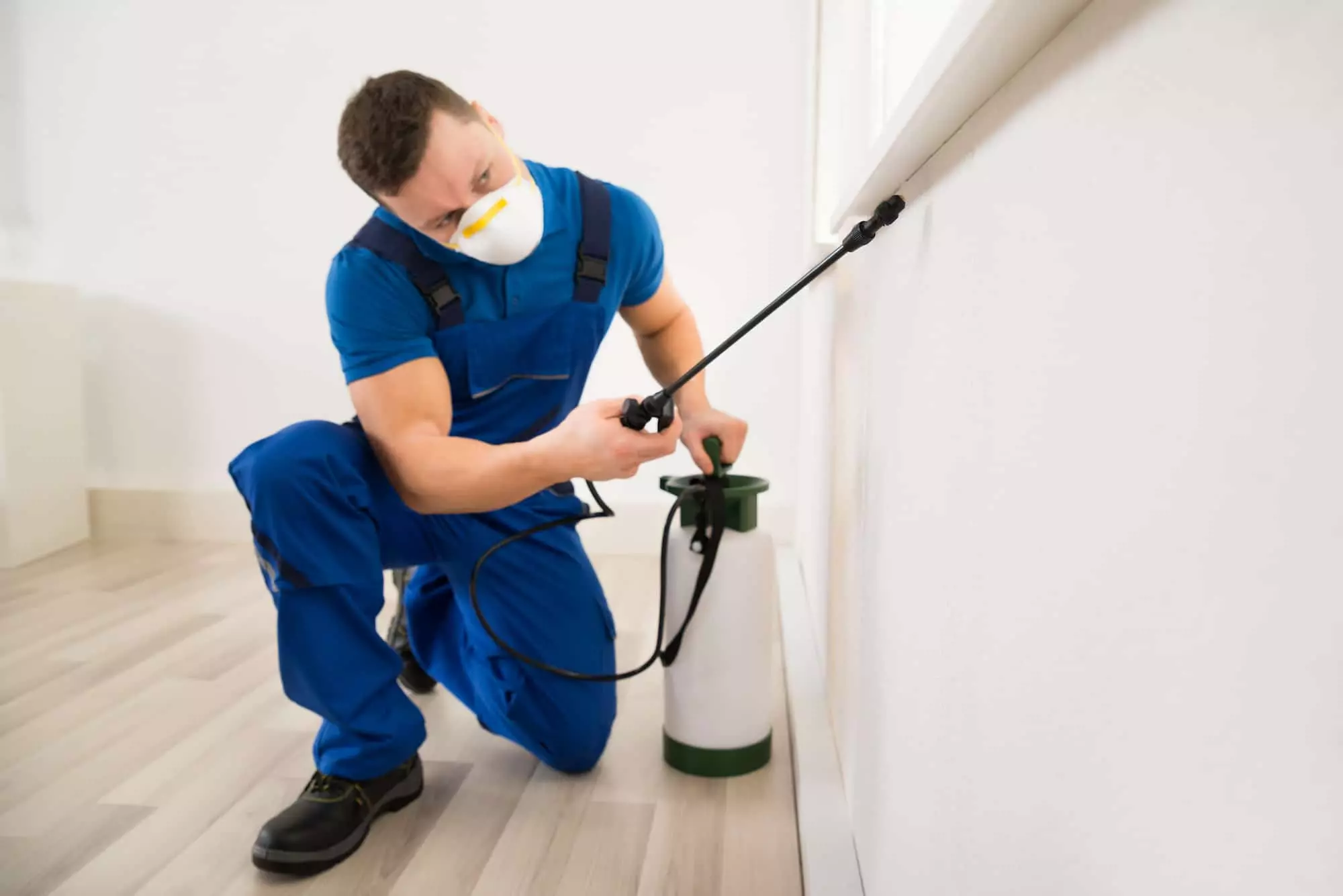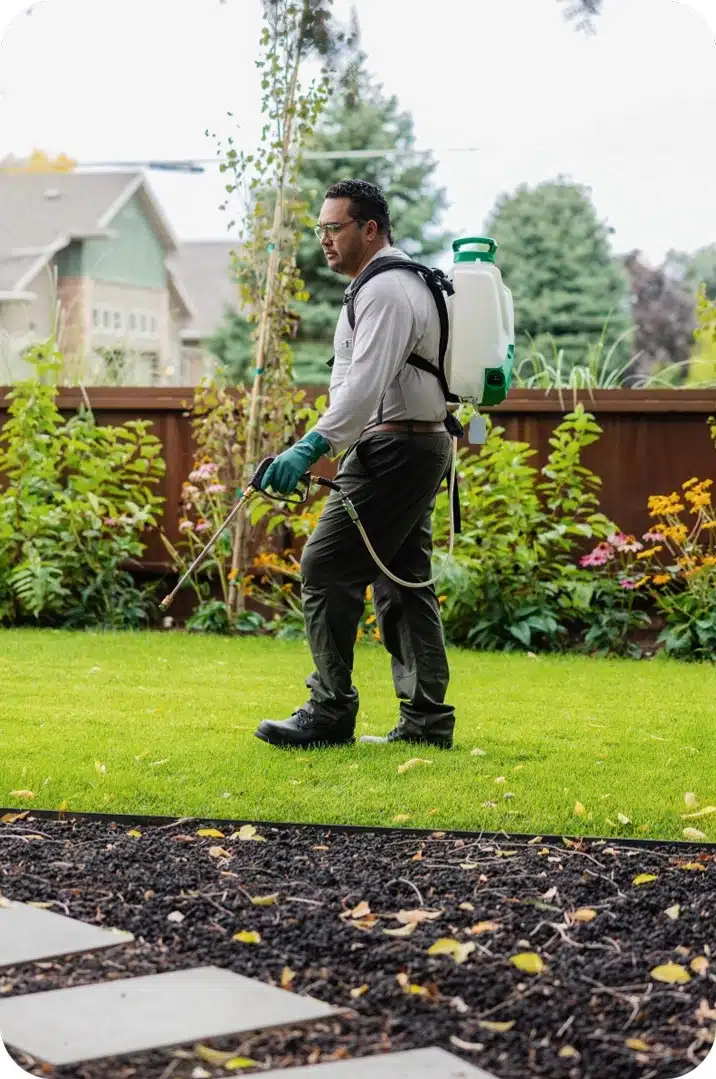Effective Pest Control Providers: An Extensive Check Out Extermination Techniques and Prevention Actions
In the realm of pest control solutions, the successful administration of infestations calls for a precise method that incorporates numerous techniques and measures for both elimination and prevention. From Integrated Insect Management (IPM) approaches that prioritize sustainable options to chemical elimination techniques designed for targeted removal, the arsenal versus pests is diverse and substantial. Organic control approaches and physical avoidance procedures provide alternate courses to properly combating unwanted intruders. Nevertheless, the trick to an extensive bug control plan exists not just in the strategies themselves, yet additionally in the thorough specialist assessment treatments that come before and inform them. By comprehending the details of each technique and just how they interaction, one can truly grasp the complexity and performance of contemporary insect control services.

Integrated Bug Management (IPM) Techniques
Integrated Pest Monitoring (IPM) Approaches encompass a thorough strategy to pest control that concentrates on avoidance, control, and monitoring approaches to properly handle pest populations. By incorporating various techniques, IPM aims to minimize the impact of parasites while also reducing the dependence on chemical pesticides. Prevention lies at the core of IPM, emphasizing methods like correct sanitation, upkeep of hygiene, and securing entry indicate prevent bugs from infesting buildings. Monitoring plays a crucial duty in IPM by frequently inspecting and recognizing insect degrees to determine the proper intervention limits. Control techniques in IPM focus on using physical, biological, and cultural strategies before turning to chemical therapies as a last hotel. These strategies include introducing natural killers, environment alteration, and utilizing trapping tools to maintain parasite populations in check. Overall, IPM cultivates a sustainable and eco aware strategy to pest administration, promoting long-term remedies that secure both human health and the community.
Chemical Extermination Techniques
Chemical elimination strategies are generally used in insect control solutions to efficiently remove parasite populations that posture a risk to human health and wellness and home. These strategies involve the usage of numerous chemical compounds particularly designed to target and remove bugs such as bugs, rats, and other unwanted animals. The application of chemicals, pesticides, rodenticides, and various other chemical representatives is carefully managed to make sure maximum efficiency while reducing risks to people, animals, and the setting.
Among the key benefits of chemical elimination techniques is their ability to give fast and targeted results, making them particularly valuable in situations of extreme problems or immediate bug control requirements - a1 bed bugs exterminator portland. However, it is vital to emphasize the importance of appropriate handling, application, and disposal of these chemical products to avoid unplanned injury
In addition, integrated parasite monitoring (IPM) techniques often combine chemical extermination strategies with other methods such as hygiene, environment alteration, and organic controls to develop a lasting and thorough insect control strategy. By integrating chemical extermination methods deliberately within an IPM framework, insect control services can efficiently take care of insect populaces while minimizing potential threats to human health and wellness and the setting.
Biological Pest Control Methods
Employing all-natural predators and bloodsuckers to manage pest populations is a sustainable method known as organic bug control. a1 residential pest control portland or bed bugs. One common biological control approach includes presenting natural opponents of the target bug varieties, such as ladybugs for aphid control or nematodes for termite invasions.
One more reliable biological control strategy is using microbial pesticides. These are normally taking place microbes, such as infections, microorganisms, and fungi, that especially target and contaminate particular parasite species. By utilizing these microbial agents, insect populaces can be successfully minimized without hurting advantageous organisms or causing injury to the environment.
Physical Pest Avoidance Procedures
Applying physical parasite prevention procedures involves making use of obstacles and architectural alterations to hinder parasites from infesting a building or going into (portland exterminators a1 for bed bugs). One effective approach is securing all prospective access factors such as gaps around doors, windows, and utility infiltrations. Installing door sweeps, screens on windows, and sealing fractures in the foundation can aid prevent insects like bugs and rodents from obtaining gain access to indoors. In addition, preserving a clutter-free and clean environment is critical as bugs are brought in to food resources and hiding areas. Regularly evaluating and repairing any damaged displays, vents, or roofing tiles can likewise assist in maintaining pests out.
An additional physical avoidance procedure is the use of barriers like fencing to maintain larger insects such as raccoons or deer away from the residential property. By implementing these physical pest prevention measures, residential property proprietors can dramatically lower the threat of pest problems and the damage they can trigger.
Professional Pest Examination Treatments
Carrying out systematic and comprehensive parasite assessments is an essential aspect click now of specialist parasite administration methods. Specialist parasite inspectors are trained to meticulously check out buildings for indicators of infestations, recognizing pest species, access factors, and favorable conditions. The assessment procedure commonly starts with a comprehensive assessment of both the exterior and interior of the premises. This includes checking for bug droppings, nibble marks, nests, and any type of structural home spider control damages that might suggest insect activity. Additionally, examiners may utilize customized devices such as dampness meters and borescopes to detect surprise infestations within wall surfaces or crawl rooms.

Final Thought
In conclusion, effective insect control solutions utilize a selection of strategies, including Integrated Insect Administration strategies, chemical find out elimination methods, organic controls, and physical avoidance actions. Specialist insect examination procedures play a vital duty in determining and attending to pest problems in a prompt manner. By carrying out a combination of these methods, residential or commercial property proprietors can efficiently avoid and take care of insect problems.
From Integrated Insect Administration (IPM) techniques that focus on sustainable options to chemical extermination strategies designed for targeted elimination, the toolbox against bugs is huge and multifaceted.Integrated Bug Monitoring (IPM) Strategies encompass an extensive method to pest control that concentrates on prevention, tracking, and control techniques to properly take care of pest populaces.Chemical extermination methods are commonly employed in parasite control services to efficiently eradicate insect populaces that position a danger to human health and wellness and residential or commercial property.Employing natural predators and parasites to manage pest populaces is a lasting technique known as organic insect control.In verdict, reliable bug control solutions utilize a range of techniques, consisting of Integrated Pest Monitoring strategies, chemical extermination methods, biological controls, and physical prevention steps.